EduBridge AI: Learning Beyond Conflict
Cursus amet, mattis placerat convallis libero faucibus quis est porta vivamus erat tristique sed.
What is EduBridge AI?
❗ Why EduBridge AI?
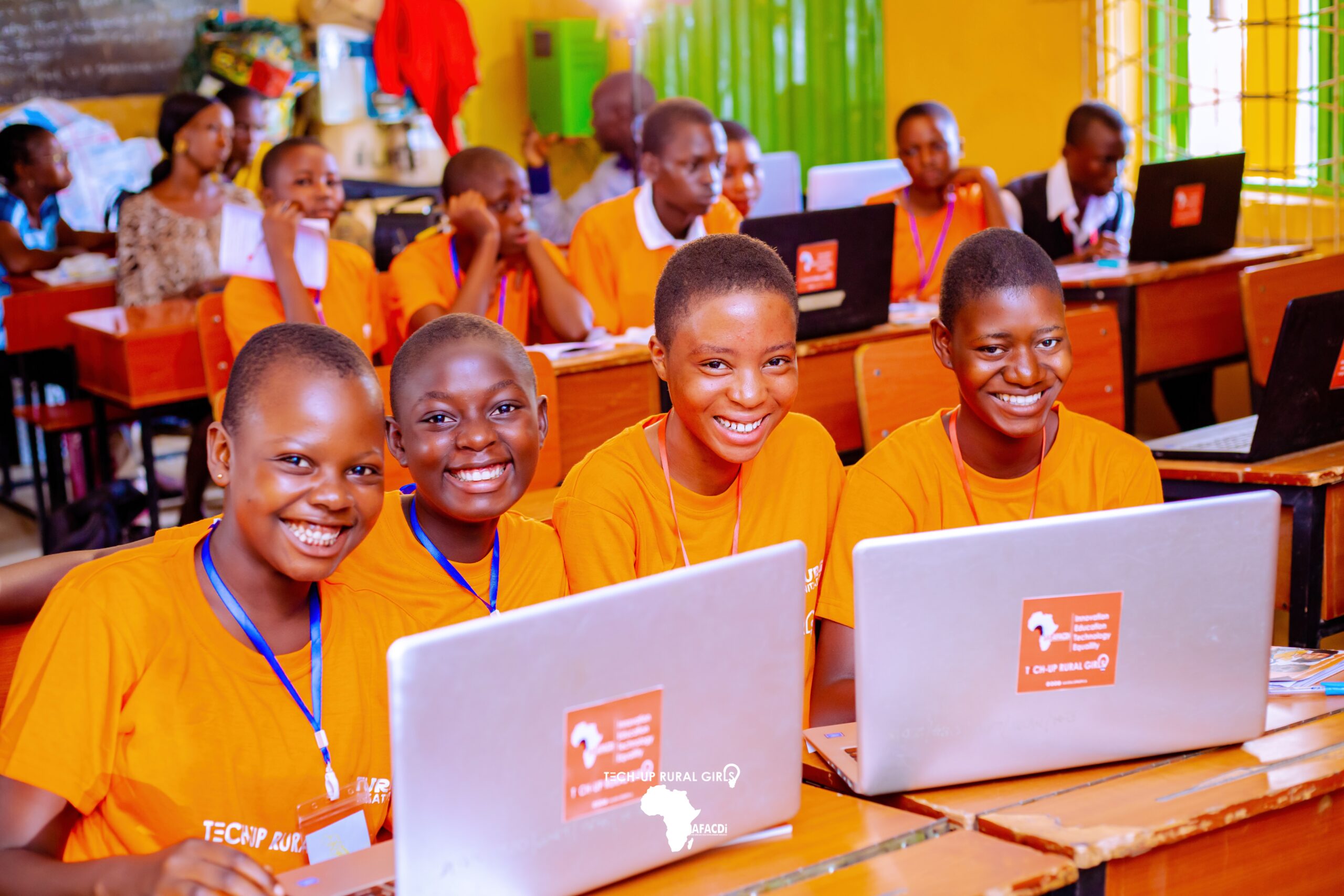
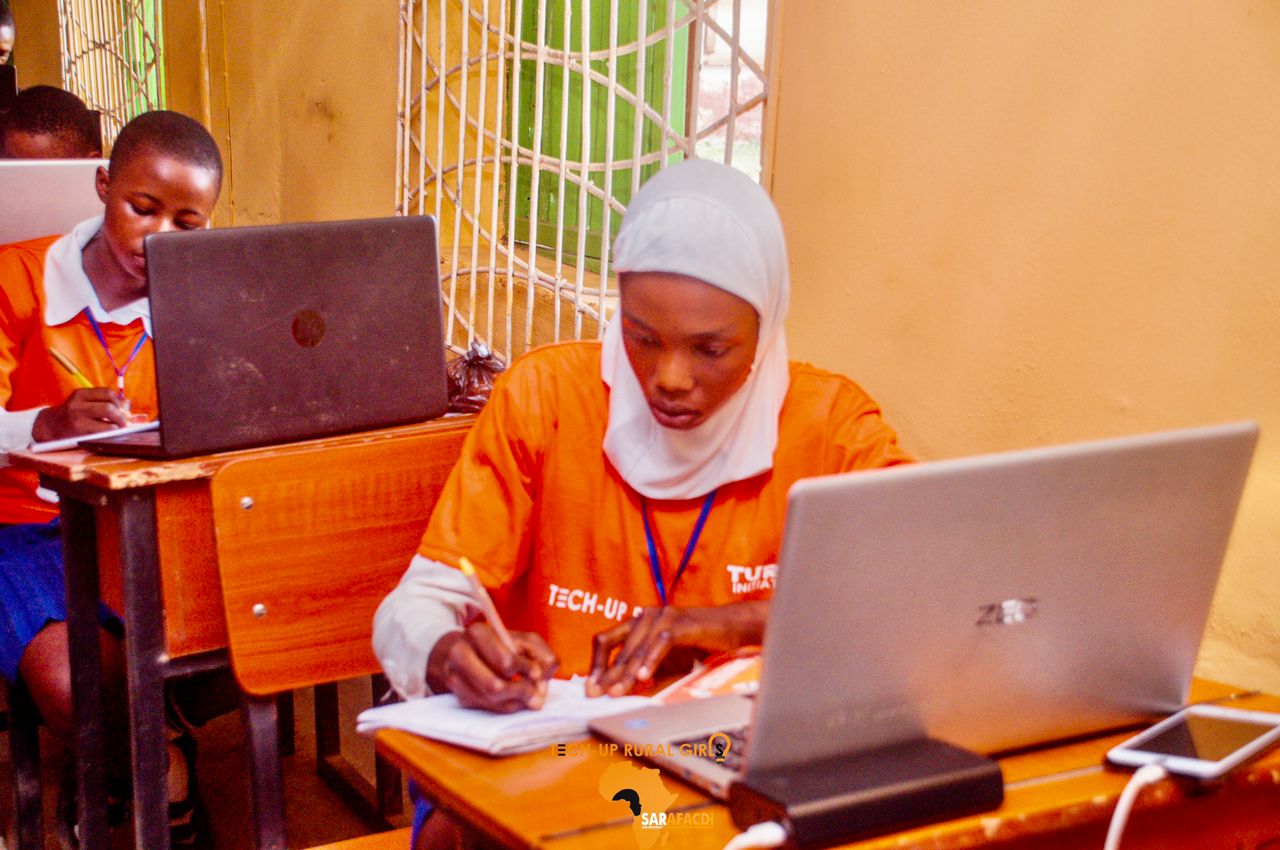
Problem Statement
According to UNESCO, over 222 million crisis-affected children and adolescents globally are in need of educational support (2023). In Nigeria alone, more than 3 million children are displaced due to conflict, many lacking access to teachers, safe schools, or learning materials. Humanitarian actors struggle to meet these education needs due to insecurity, low internet penetration, infrastructure collapse, and a shortage of trained personnel.
Moreover, most EdTech solutions require stable connectivity or devices that conflict-affected communities do not possess. At the same time, trauma from displacement and violence leaves deep emotional scars, making traditional education insufficient without psychosocial support and peacebuilding components.
There is an urgent need for a low-cost, scalable solution that combines education, technology, and psychosocial healing even without the internet.
Methodology:
- Content Development: We co-design interactive lessons in local languages (e.g., Hausa, Yoruba, Swahili), focusing on literacy, numeracy, social-emotional learning, peace education, and life skills.
- Dual-Mode Learning Interface:
- Voice-Based Chatbot Mode: For users with limited literacy, EduBridge offers an audio-first interface where learners engage with the system by speaking or listening to guided lessons.
- Text-Based Mode: For literate learners, text-based lessons and chatbot responses simulate an AI tutor capable of personalised, adaptive instruction.
- Offline-First Architecture: EduBridge AI leverages offline speech recognition and rule-based educational conversation trees to simulate AI tutoring in remote settings. While not fully generative, this approach ensures functionality without internet and mimics key AI attributes like personalisation, voice responsiveness, and emotional engagement. We aim to upgrade the system to edge-compatible AI in the future using lightweight local models.
- Community Partnership & Localisation: Content is adapted to local conflict realities and culture. We partner with community volunteers and teachers to support learners and gather feedback.
- Monitoring & Feedback Loop: Built-in feedback and analytics help us track learning progress and emotional well-being, which inform improvements and advocacy.
Innovation
EduBridge AI is unique in combining: – Offline AI simulation for areas without internet. – Dual-mode interaction, audio-based and text-based—for learners at different literacy levels. – Trauma-informed and peace-centred curriculum tailored for conflict-affected learners. – Edge-AI readiness, ensuring the platform evolves into more dynamic AI-driven engagement as infrastructure improves. – Policy advocacy: EduBridge AI is not just a learning solution but a tool for influencing systems change. By collecting real-time data on learner needs, access gaps, and trauma impacts, we equip governments and humanitarian agencies with evidence to design better EiE interventions, support peacebuilding curricula, and inform teacher training policies in crisis regions.
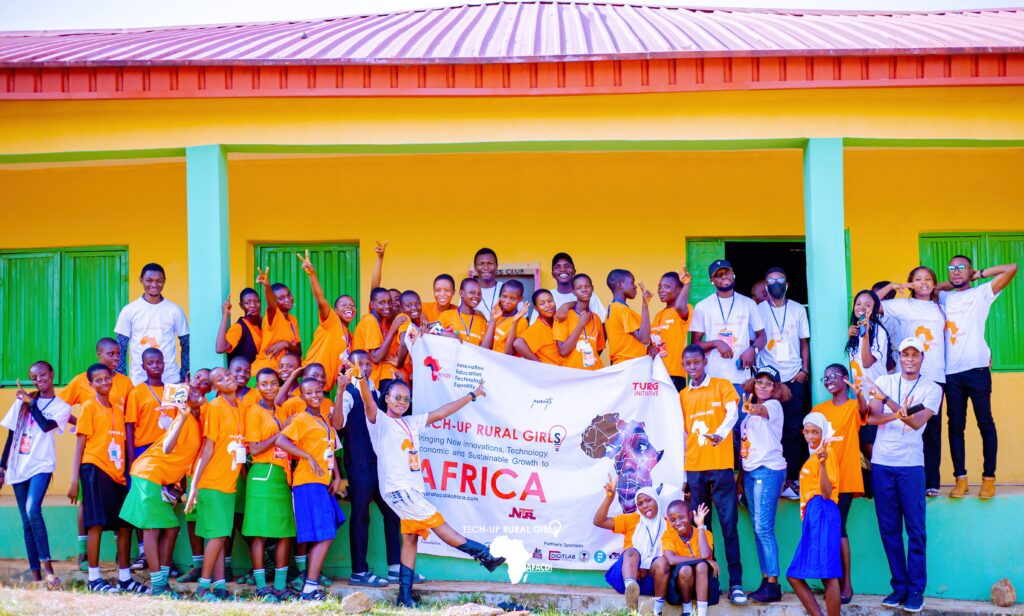
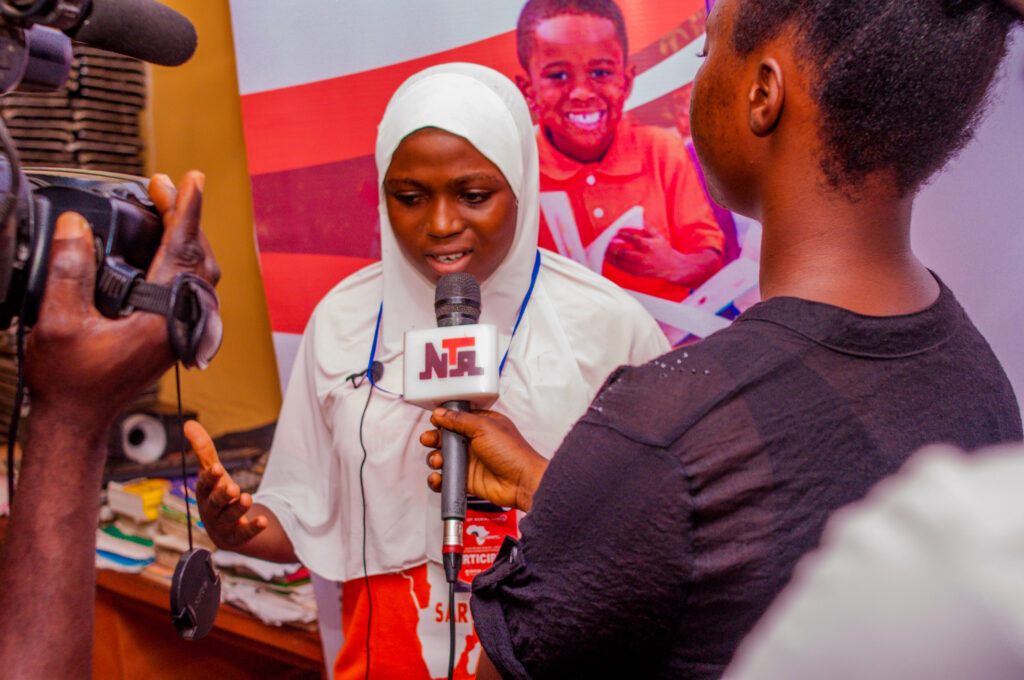
Alignment with PeaceTech Themes
- Conflict Prevention and Mitigation: Builds resilience, inclusion, and conflict resolution skills through education.
- Limiting Human Suffering: Provides trauma-informed learning and psychosocial healing amid displacement and crisis.
- Post-Conflict Rebuilding: Supports recovery through scalable, adaptive education and fosters hope and reintegration.
Target Beneficiaries
- Children and youth (ages 6–18) displaced by conflict in Nigeria, DR Congo, and South Sudan.
- Girls and orphans are disproportionately affected by trauma and educational loss.
- Marginalised learners in hard-to-reach areas without internet.
- Community educators and local volunteers are trained to support implementation.
- Policymakers are seeking actionable data to improve EiE frameworks.
Proposed Outcomes
- 10,000 conflict-affected children regain access to learning.
- 300 community educators trained in trauma-informed digital education.
- 3 policy briefs co-developed with state and national education stakeholders.
- Improved literacy, emotional resilience, and peace knowledge among learners.
Potential Challenges
- Limited electricity for device charging—addressed through solar kits.
- Community distrust—mitigated via local partnerships.
- Language diversity—resolved through localised content modules.
Sustainability & Scalability Plan
- Offline-first design ensures usability without infrastructure.
- The train-the-trainer model builds local capacity.
- An open-source platform allows others to replicate or adapt.
- Strategic partnerships with Ministries of Education, INGOs, and mobile providers.
- Policy advocacy ensures long-term systems change and public investment in digital EiE solutions.
Conclusion
EduBridge AI is more than an EdTech tool—it is a peace innovation for the forgotten. By restoring access to learning and dignity, we help communities rebuild not just classrooms but lives. With the power of AI, even without internet, EduBridge empowers learners, informs policy, and advances our shared mission: education as a bridge to peace.
TURG Project Gallery: We are building on this:

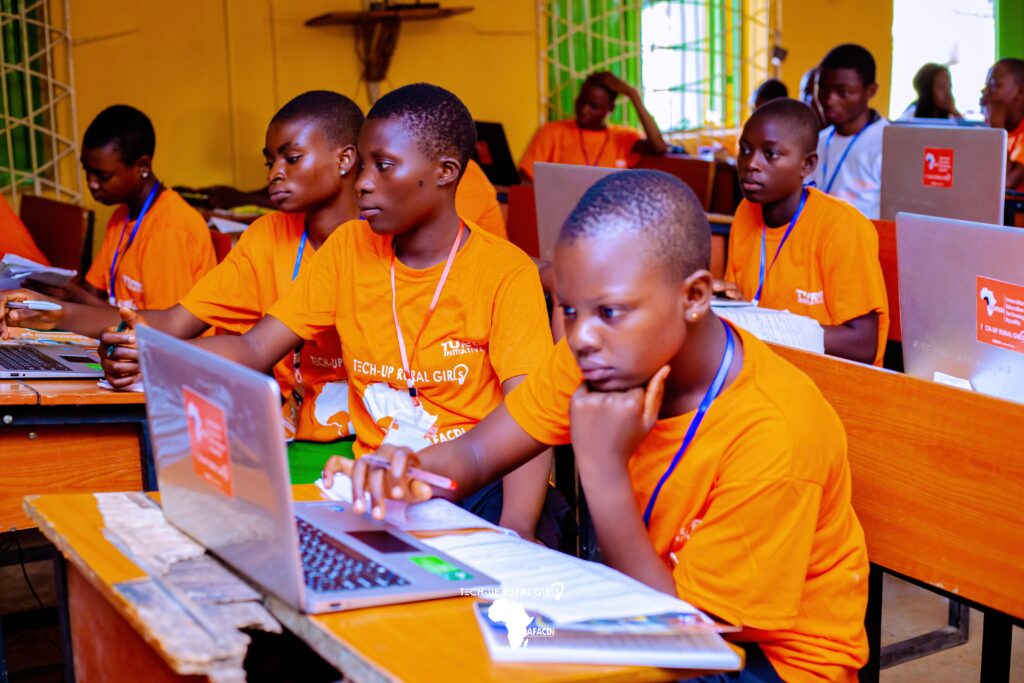
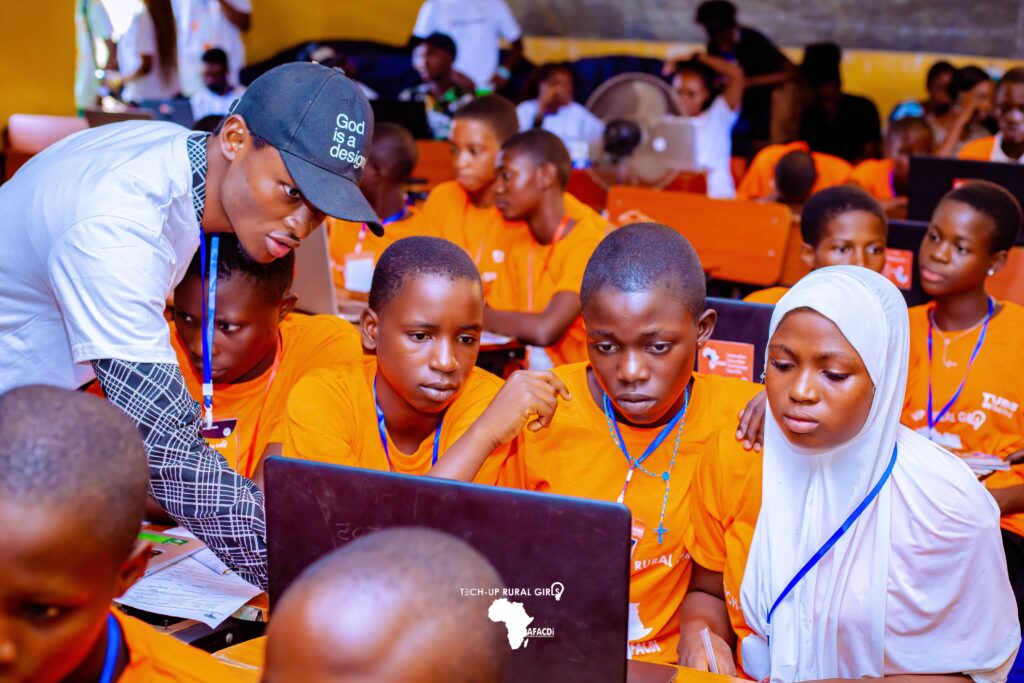
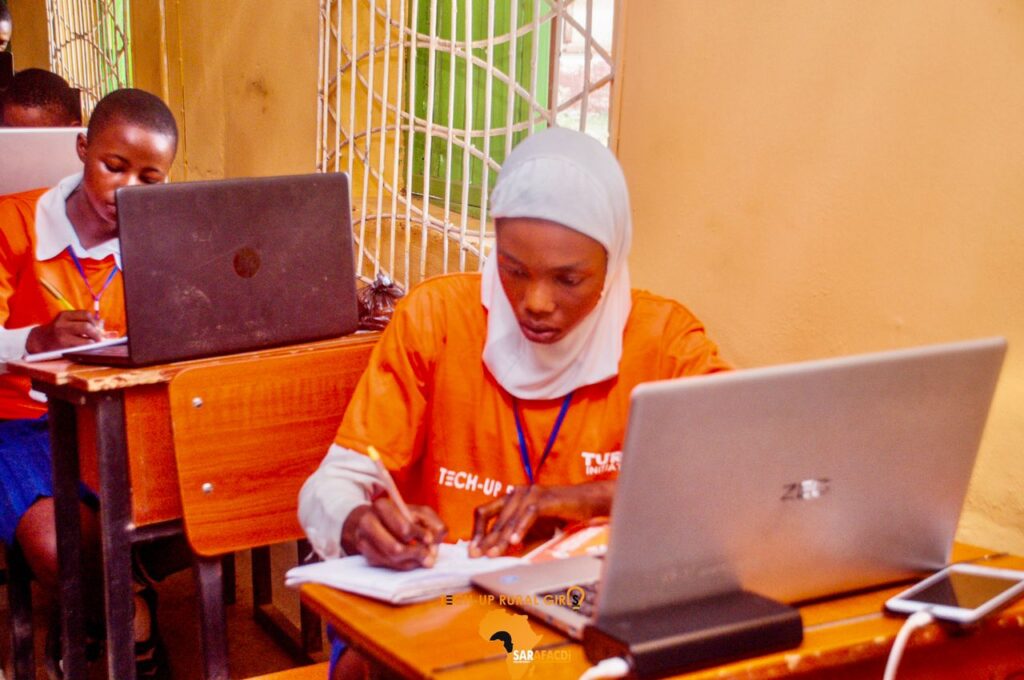


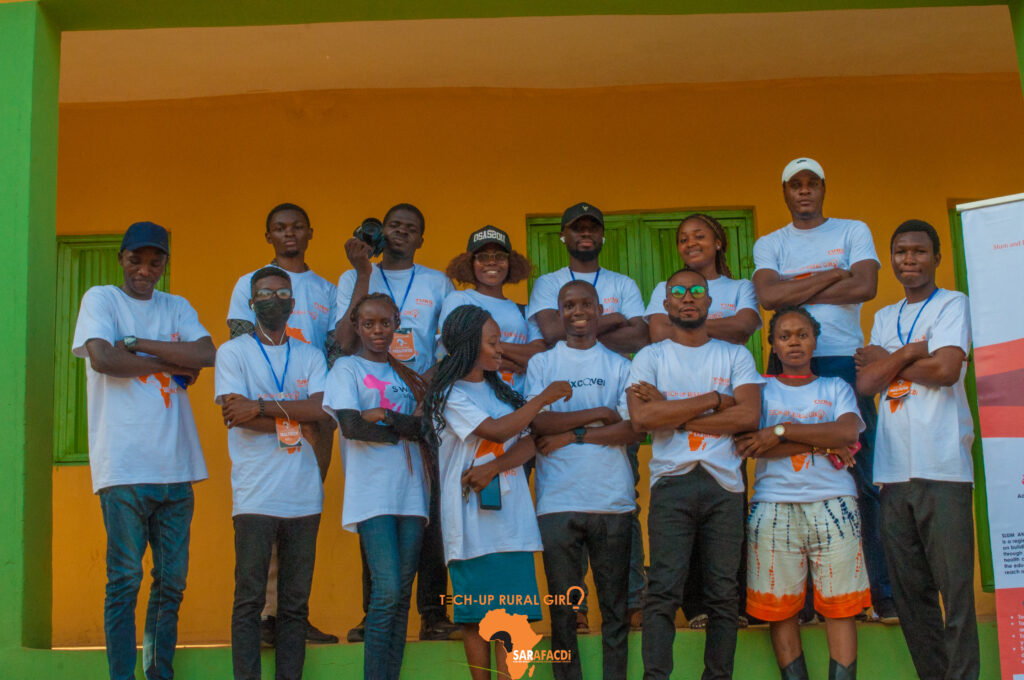
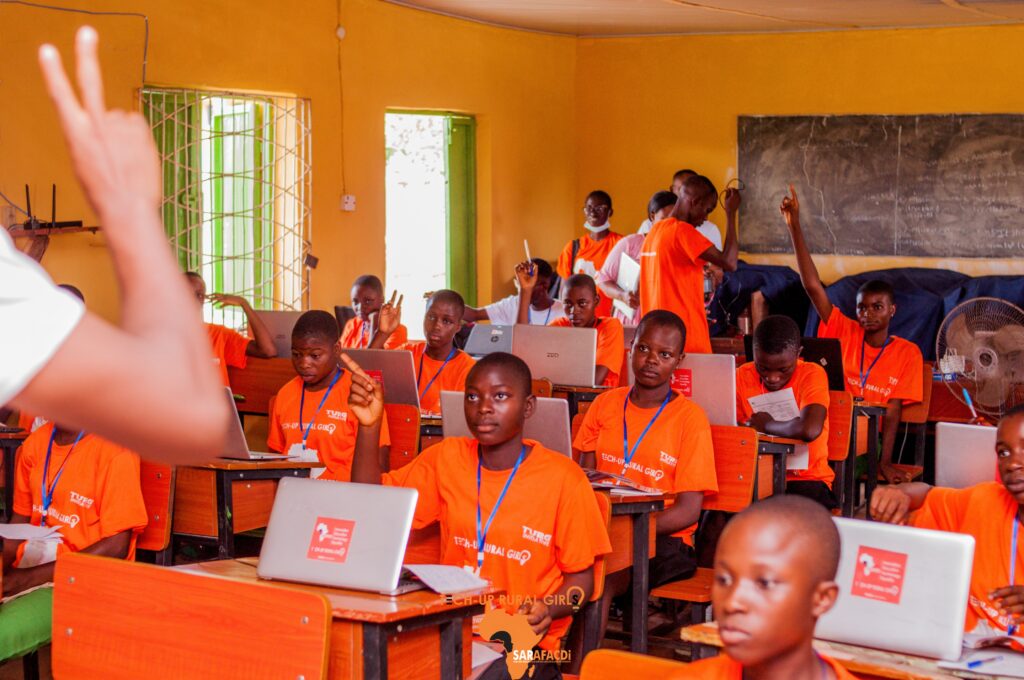

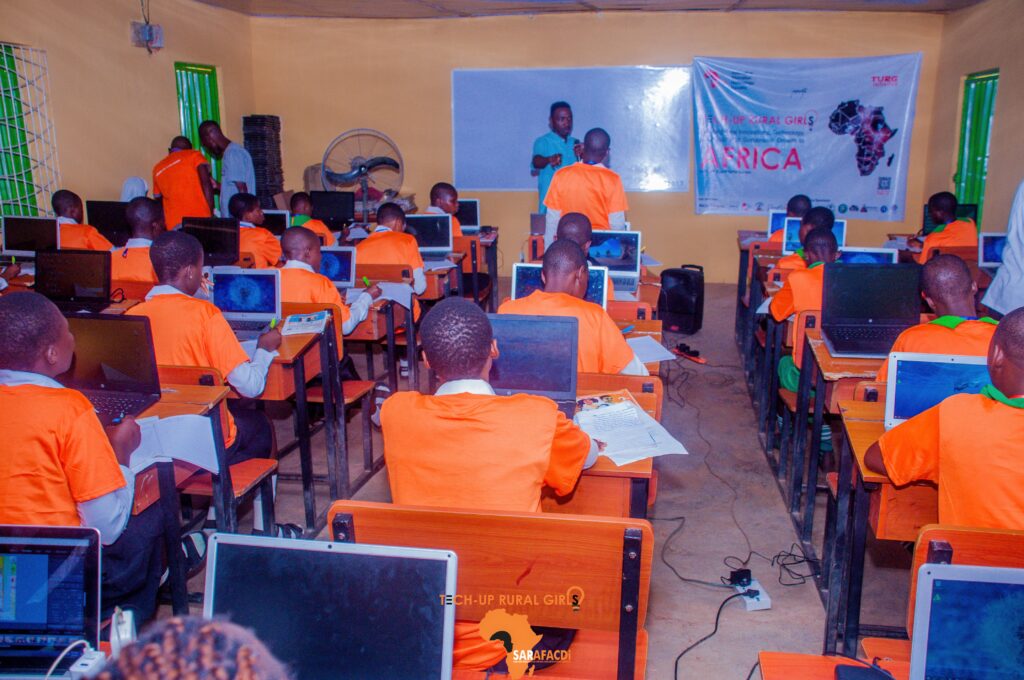


Watch the Video EduBridge AI builds on this foundation.
Here are testimonial videos of TechUpRuralGirls
TechUpRural Girls
Student giving testimonies
